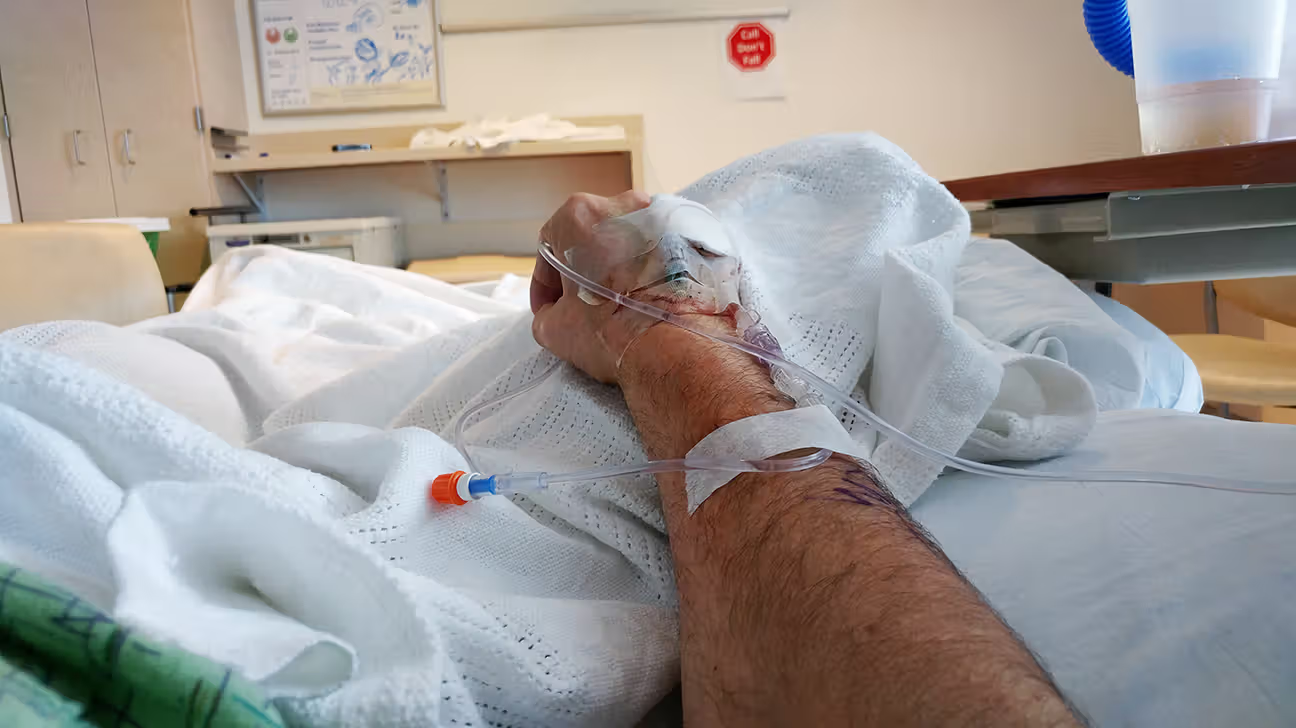🌟 Unexpected Diagnosis During Uncertain Times
In early 2020, amid the uncertainty of the pandemic, a non-healing scab on my arm led me to finally visit a dermatologist. I never imagined that this minor concern would unfold into something life-changing—a diagnosis of malignant melanoma. Just weeks after the biopsy, that devastating phone call came: melanoma. I was immediately referred to a surgical oncology team for urgent evaluation.
🚀 Rapid Onset of Cancer Treatment
My care journey began swiftly. Within a few days, a surgical oncologist contacted me to schedule an appointment. I was amazed at how fast the system moved—clearly determined to act quickly.
Though the tumor was small, the surgeon explained there was still a risk it had spread to nearby lymph nodes. I felt as though I had plunged into a sea of medical data—staging, treatment options, probabilities. That first consultation might have been overwhelming, but my surgeon’s empathy and patience made all the difference. I felt safe, cared for, and prioritized.
✂️ Surgery Day: Precision, Patience & Relief
When surgery day arrived, I showed up early for the presurgical protocol. After going through all the checklists, I lay on the operating table while the team meticulously prepared me. Despite its tiny size, the melanoma required the removal of a substantial area of skin to ensure clean margins. Additionally, a sentinel lymph node was biopsied to determine if the cancer had spread.
The procedure was thorough and precise. I came out of surgery quietly hopeful—knowing that, if we caught all the melanoma, this could be it.
🔄 Emotional Recovery & Relief
After the operation, the team followed up regularly to monitor my physical recovery and emotional well-being. Then came the moment of truth: the lymph node biopsy results. Relief flooded in when I learned that the melanoma hadn’t spread. This signified a significant shift in my care plan—from aggressive treatment to routine monitoring.
📅 Ongoing Care: Biopsies, Scans & Vigilance
Today, my schedule includes dermatological and surgical oncology check-ins every four months. These visits involve full skin exams and biopsies if anything suspicious appears. Additionally, I undergo annual CT and MRI scans to monitor areas like my chest and head.
While these tests can be costly and sometimes uncomfortable, they afford me peace of mind. They’re not just medical procedures—they’re reminders that my care team and I are actively tracking potential recurrence, together.
💭 What I Wish Others Knew
Cancer is terrifying. A diagnosis shakes you to the core. Yet, what truly supported me was a team that communicated clearly, empathetically, and respectfully. They explained complex medical concepts without condescension. They checked on my worries and never rushed my questions.
If you’re receiving a diagnosis now—whether melanoma or another cancer—I encourage you to remain deeply involved in your care. Ask questions. Seek clarity. Build trust with your medical team. You have a right to understand everything happening to your body and treatment.
🌱 The Bigger Picture: Hope, Action & Prevention
Emerging from this experience, I’ve learned areas where patients can be proactive:
- Early Detection Matters: Don’t delay medical check-ups—even if something seems minor.
- Supportive Care Helps: Products like cancer support supplements, immune boosters, and wellness packs can aid recovery and well-being. Consider exploring Cancer Support Essentials or Immunity Boosters that support your journey.
- Follow-Up Is Key: Regular skin checks, scans, and biopsies are crucial to catching any recurrence early.
📝 Bottom Line
My melanoma journey wasn’t easy—but despite the fear, I found comfort in proactive care, medical expertise, and supportive monitoring. Today, I encourage others facing similar challenges to stay engaged, ask for clarity, and lean into the support systems available—both medical and emotional. You are not alone, and early action truly makes all the difference.
🔗 Related Articles & Resources
Want to learn more? Check out these helpful posts:
The 13 Most Common Cancer Types (with Survival Rates)
























